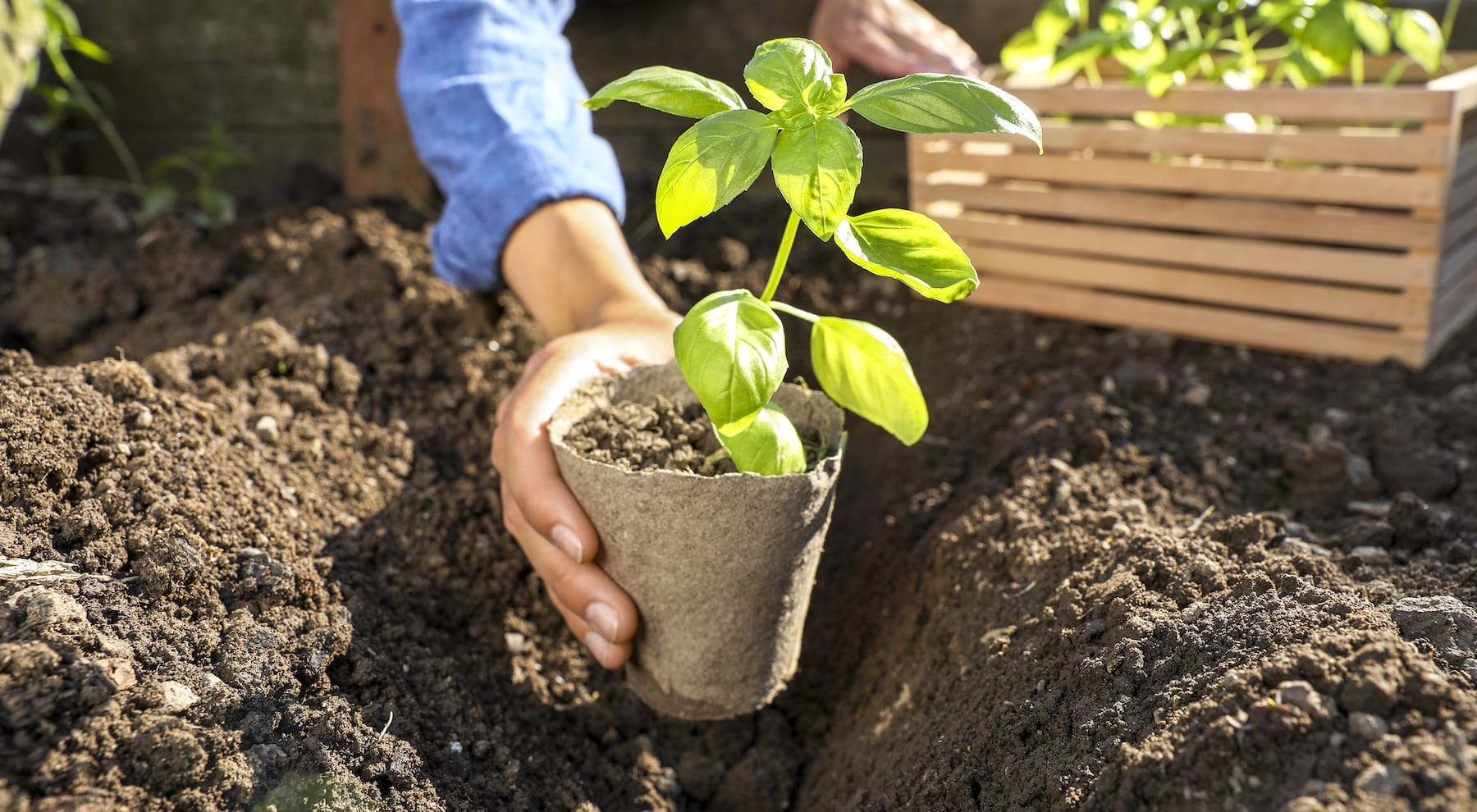
Resources
CSPMA
Canadian Sphagnum Peat Moss Association Website
UN
State of the World’s Peatlands Global Peatlands Assessment
PERG
Peatland Ecology Research Group Website
CSPMA
Industry Social Responsibility Report PDF
SPARK
What about peat? General information PDF
Benefits of Sphagnum Peat Moss in Agriculture and Garden Design
Sphagnum peat moss is widely recognized in both agricultural and horticultural settings for its numerous benefits and practical applications. In education, it serves as a valuable tool for teaching soil science and sustainable growing practices thanks to its unique properties such as high water retention, acidity regulation, and aeration improvement.
Peat moss plays an essential role across industries, supporting nurseries, greenhouses, wholesale growers, and soil blenders in producing healthy, resilient plants. It is also valued in mushroom farming and tree farming, where consistent soil structure and moisture balance are vital for growth. It is a key ingredient in professional potting mixes, helping cultivators achieve consistent soil structure, moisture retention, and nutrient availability for reliable results.
Whether used in agriculture, greenhouse production, or home gardening, peat moss supports stronger, more vigorous plants while improving soil quality. Its versatility also makes it ideal for garden aesthetics, enhancing the appearance and functionality of plant beds, containers, and hanging baskets.
Organizations like the Canadian Sphagnum Peat Moss Association promote responsible use and sustainable harvesting practices, supporting ongoing education and stewardship of peatland resources. By integrating peat moss into professional potting mixes, educators and growers alike can demonstrate sustainable cultivation practices while achieving excellent growth results.
